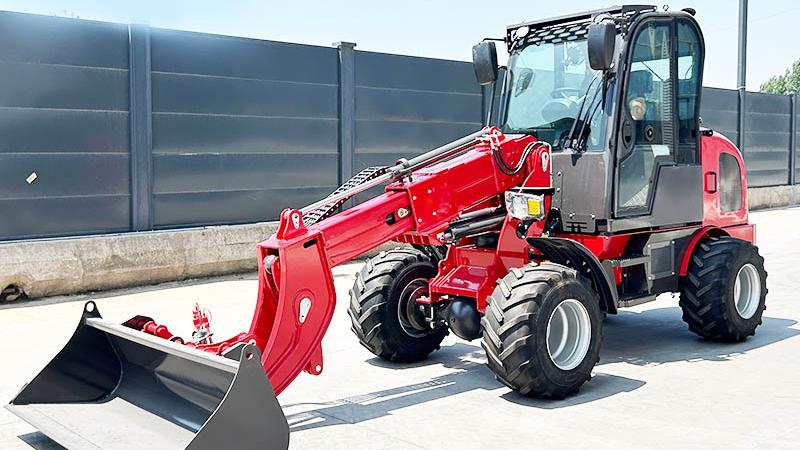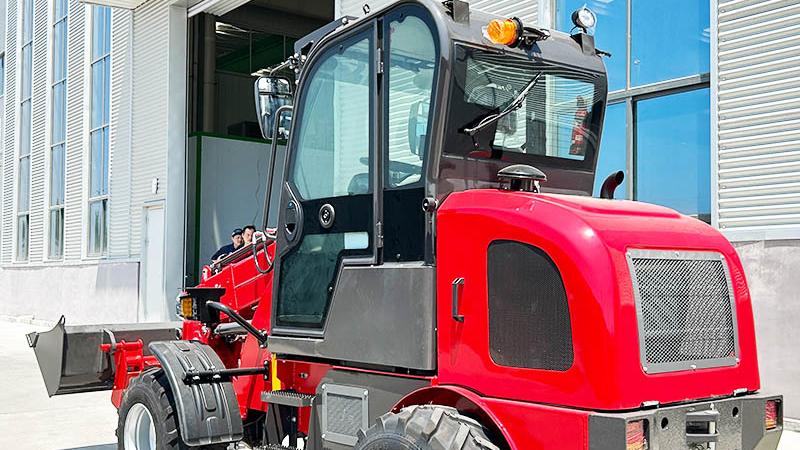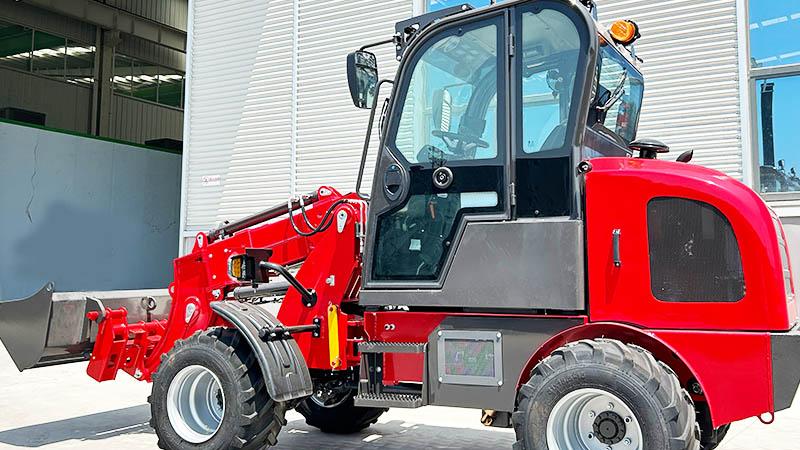In the bustling world of material handling and logistics, two machines often stand side-by-side on job sites yet represent fundamentally different philosophies of solving physical challenges: the telescopic loader, universally known as the telehandler, and the traditional forklift. To the uninitiated, they might both appear as vehicles designed to lift and move objects, but this superficial similarity belies a deep chasm in their design, capability, and ultimate purpose. The forklift, a ubiquitous workhorse born from the needs of early 20th-century manufacturing and warehousing, is a master of efficiency within defined, stable parameters. Its primary mission is vertical lifting and precise placement within a compact footprint, making it the undisputed king of the warehouse floor, loading dock, and distribution center. In contrast, the telescopic loader is a product of a more dynamic and demanding environment, conceived to tackle the unpredictable and multi-faceted challenges of the modern construction site and farm. It is not merely a lifter but a multi-functional tool, a platform, and a mobile crane, all rolled into one rugged package. The core distinction lies in their names: the forklift lifts, while the telehandler reaches. This fundamental difference in operational DNA dictates everything from their chassis design and stability systems to their powertrains and operator training requirements, creating a clear division of labor that is critical for safety, efficiency, and project success. Understanding this distinction is not just an academic exercise; it is a prerequisite for selecting the right equipment for the job, optimizing workflows, and ensuring the safety of all personnel on site.
The design and engineering of the forklift are a testament to focused specialization. A standard counterbalance forklift features a vertical mast to which the forks are attached. This mast tilts slightly forward and backward to facilitate picking up and securing loads, but its movement is predominantly up and down. The machine's stability is provided by a significant counterweight at the rear, which balances the load being lifted at the front. This configuration is incredibly effective for its intended purpose: moving palletized goods in a flat, stable environment. The forklift is compact, highly maneuverable in tight aisles, and designed for rapid cycling—lifting, moving, and stacking loads with speed and precision. Its world is two-dimensional, defined by racking heights and aisle widths. However, this specialization is also its limitation. A forklift generally cannot move beyond its own chassis length; what it can lift, it must be directly in front of. Enter the telescopic loader, a machine built on a philosophy of radical versatility. The most prominent feature of a telehandler is its telescopic boom, which extends forward and retracts backward. This boom, often equipped with a variety of attachments beyond just forks, allows the machine to place loads far in front of its chassis, over obstacles, and into areas inaccessible to a forklift. It can lift to great heights, not just vertically, but with a significant forward reach. This capability transforms the machine from a simple transporter into a sophisticated placement tool. Furthermore, telehandlers are almost exclusively built on robust, all-terrain chassis with four-wheel drive, large, heavy-duty tires, and oscillating axles to maintain stability and traction on rough, uneven, and muddy ground—conditions that would immobilize a standard warehouse forklift.
The divergence in capability between a telescopic loader and a forklift directly dictates their spheres of application. The forklift's domain is the controlled environment. It is the lifeblood of logistics, manufacturing, and retail. In a warehouse, it is unrivaled in its ability to maximize storage density by stacking pallets high in narrow aisles. At a shipping terminal, it swiftly moves containers of goods from trucks to storage racks. Its simplicity and efficiency in these settings make it an indispensable economic tool. The telehandler, however, thrives in chaos and complexity. On a construction site, it is a truly multi-role machine. It can unload building materials from a delivery truck, then place pallets of blocks or bags of mortar over a foundation wall to a precise spot dozens of feet away. It can hoist a bundle of roofing trusses to the top of a structure or act as a personnel platform for workers needing to install fixtures at height. In agriculture, a telehandler is invaluable for handling hay bales, moving feed, and managing silage, its rough-terrain capability allowing it to navigate barns and muddy fields with equal ease. While a "rough-terrain forklift" exists, it typically lacks the telescopic boom, offering only vertical lift and thus occupying a middle ground, but without the transformative reach capability that defines a true telehandler. The telehandler’s ability to use various attachments—buckets, jibs, sweepers, grapples—further widens the application gap, turning it into a digger, a cleaner, or a crane, while a forklift's functionality remains largely tied to its forks.
Ultimately, the choice between a telescopic loader and a forklift is a choice between specialized efficiency and versatile capability. It boils down to a simple question: does the task require simply lifting and moving a load within a confined, stable space, or does it require reaching, placing, and working across unpredictable terrain and in three dimensions? The forklift is a sprint runner, optimized for speed and precision on a defined track. The telehandler is an decathlete, powerful and adaptable, ready for a variety of challenges. This distinction carries through to operational considerations. Telehandlers are generally more complex machines, requiring more extensive operator training and certification due to their increased reach, height, and instability risks when the boom is extended. Their purchase and maintenance costs are also typically higher. Forklifts, while still requiring skilled operation, have a more straightforward operational profile. Ignoring these differences can lead to catastrophic consequences—using a standard forklift on soft, uneven ground is a tipping hazard, while attempting to use a telehandler for rapid, repetitive warehouse work would be inefficient and unnecessarily risky. Therefore, recognizing that a telescopic loader is not merely a fancy forklift, but a fundamentally different class of machine, is paramount for safety, productivity, and capital investment. Each machine is a master of its own domain, and their continued evolution reflects the industry's need for both focused power and adaptable reach in the ever-advancing world of material handling.
Post time:Oct.10.2025



